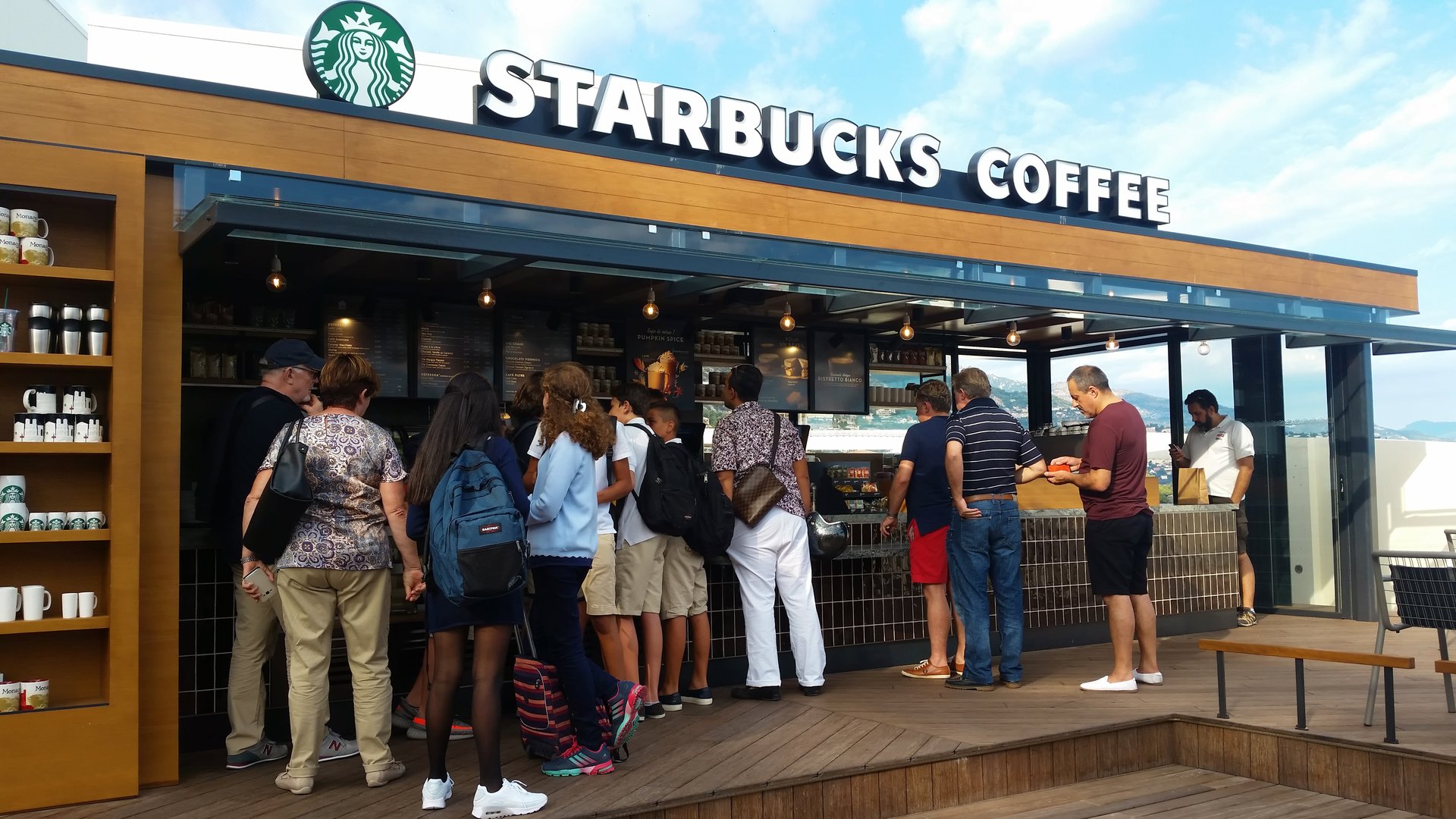Starbucks wants to reclaim its coffeehouse crown. It won't be easy
Experts say new Starbucks CEO Brian Niccol faces big challenges, including a "hard reset"

Starbucks (SBUX) is embarking on a bold turnaround plan under new CEO Brian Niccol. The coffee giant hopes to reclaim its coffeehouse crown by focusing on speed, service, and operational efficiency. Whether these sweeping changes will be enough to turn the tide remains a point of debate among experts.
Suggested Reading
“Niccol faces a big challenge at Starbucks,” Dr. Rebecca Homkes, faculty at Duke Corporate Executive Education, told Quartz. “He faces a ‘hard reset.’”
Related Content
Homkes argues that “it’s not just about reverting to old strategies, but also about navigating the tension between nostalgia and innovation.” That balancing act has forced Starbucks to cut back on niche menu items like the olive-oil infused Oleato drinks, focusing instead on popular staples like its Refreshers, which have gained popularity among younger customers.
Sharon Zackfia, a Williams Blair analyst, notes that the company’s U.S. struggles stem from several key factors, including a drift away from its coffeehouse roots, an overly complex menu, and an over-reliance on promotional discounts that diluted its premium brand. Former CEO Howard Shultz has long lamented that the flailing chain needs to return to its role as the “third place” for customers, which the company describes as a “welcoming” space where people can gather outside of work or home. Niccol, who took over as CEO in September, has emphasized that getting Starbucks back on track means “getting back to the basics.”
That strategy involves improving speed of service, particularly for mobile orders, which now account for 30% of transactions. Niccol told investors during the company earnings call in October that the goal is for in-store orders to be completed in four minutes or less. This, along with self-service brewing stations, increased hiring efforts, and redesigned store layouts, is expected to reduce wait times, especially during peak hours. In addition, Starbucks plans to bring back condiment bars, a move aimed at reducing barista workload.
These efforts come with short-term financial pressures. During its most recent quarter, Starbucks saw a 6% decline in U.S. sales and a 14% drop in China, its second largest market. Zackfia said that’s partly due to increased labor costs and promotional spending. She anticipates that the company’s turnaround will take longer than expected.
“The immediate financial impact of these changes will be significant, but they’re necessary for long-term recovery,” she adds.
Kaveh Vahdat, president at advertising firm RiseOpp, agrees that the overhaul is a “calculated risk,” but believes the long-term benefits could be substantial, “as customer engagement deepens.” He points out that by refocusing on operational efficiency and core menu offerings, Starbucks has the potential to drive higher sales.
The core question, however, is whether these changes will be enough to help Starbucks compete in a crowded market, according to Deidre Popovich, an associate professor of marketing at Texas Tech University. With competitors offering similar coffeehouse experiences, the chain needs to find a way to stand out, she adds, noting that customers are willing to pay more for an experience.
“Consumers want more than just a quick cup of coffee,” Popvich says. “They want an experience they value.”
In many ways, this reflects a shift in consumer expectations, with younger customers placing a premium on experiences over products. Whether Starbucks can reposition itself as a “third place” depends on how well the coffee giant can balance innovation with tradition, while adapting to a changing market landscape.
